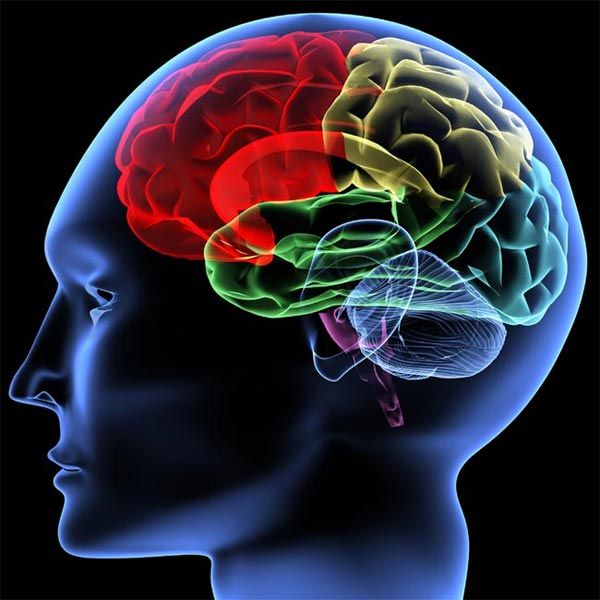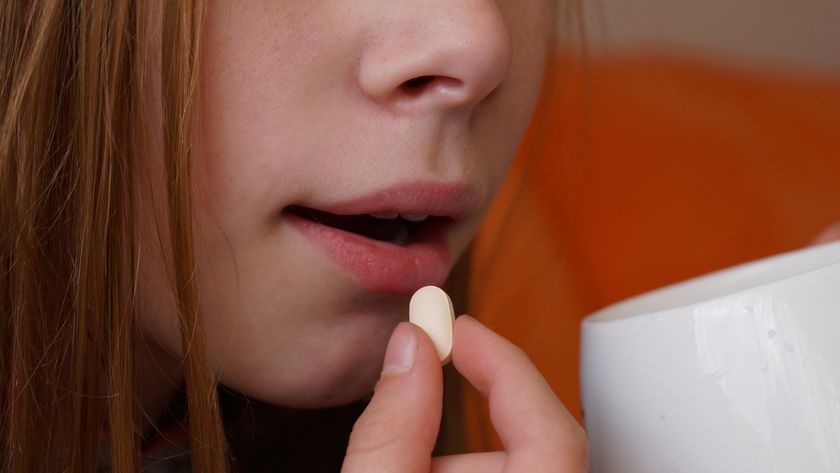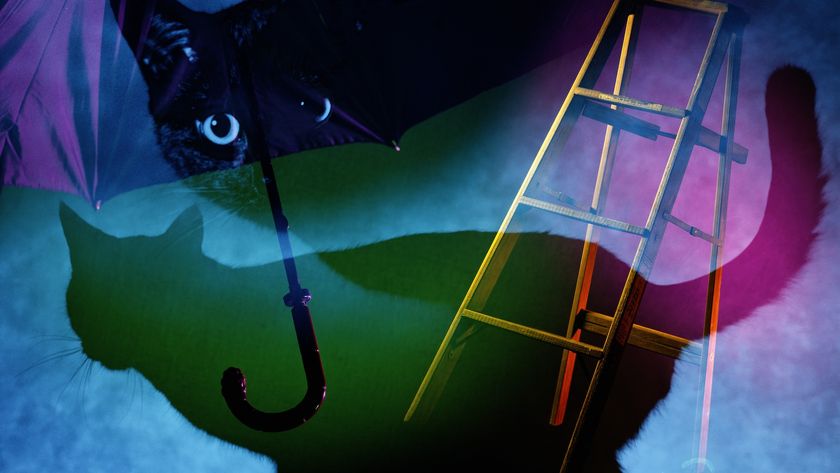Brain's Unconscious Bias Sways Decisions

If you've ever had to make a snap decision between two unfamiliar choices, you may want to thank your subconscious for making it possible. According to new research, the brain's memory areas link new memories to old associations, providing a roadmap for decision-making we don't even realize we have.
The research, published in the Oct. 12 issue of the journal Science, focuses on the hippocampus, a region nestled deep in the brain that helps consolidate memories. Scientists have long known the hippocampus links memories and integrates them together, but the new study is the first to look at the region's role in biasing the brain toward certain choices.
People are faced with new choices all the time: two new cereals in the grocery store, for example, or two unknown routes on the GPS. Without any previous history to draw on, how do people make these decisions?
Testing the subconscious
Columbia University psychologists G. Elliott Wimmer and Daphna Shohamy decided to find out. They had 28 people complete a series of three tasks while in a functional magnetic resonance imaging (fMRI) machine. First, the participants saw pairs of images flashed up on a computer screen in the fMRI. One image was a picture of either a face, body part or landscape. The other was a circle with a colorful, psychedelic pattern inside.
The same circle was always shown with the same image, so that participants would learn that the two went together. Next, the researchers flashed images of only the psychedelic circles. For half of the circles, participants were told they would get a $1 reward for viewing these.
After the participants had learned to associate certain circle patterns with money, the researchers put up another series of paired images. This time, participants saw either two psychedelic circles or two of the original body part, face or landscape pictures. They were then told to pick one of the two for a chance to win another prize.
Sign up for the Live Science daily newsletter now
Get the world’s most fascinating discoveries delivered straight to your inbox.
Throughout the experiment, the fMRI measured the blood flow to individual brain regions, a way to quantify brain activity in each region.
Biased brain
The theory was that in associating certain circle patterns with rewards, the brain would shine a little reflected glory on the photographs previously shown with those patterns. If that were the case, the researchers reasoned, participants should show bias toward photographs linked to rewarding circles when making their choices in the last phase of the experiment.
They found that, indeed, most people did prefer the pictures previously matched with rewarding circles — though this ability varied quite a bit by person. Fortunately, the variation gave researchers the opportunity to look at how brain activity changed when people were more or less biased. [5 Things You Must Never Forget]
They found that when people's hippocampuses were more active during the second, rewarding circle phase of the experiment, they were more likely to show bias toward photographs linked with those circles. That finding suggests people were, indeed, remembering and linking the images together. Interestingly, people reported no overt memories of the photo-circle associations, suggesting this memory linkage takes place on a subconscious level.
The researchers also found that the more linked the function of the hippocampus was to the function of a reward center in the brain called the striatum, the more likely people were to make biased choices in the last phase of the experiment. Similarly, people who showed more activation of specific visual regions associated with the photographs also showed more bias toward the reward.
The findings are consistent with the idea that our brain spreads around its impressions of value. In other words, if a new box of cereal were to use the same font as an old favorite, our subconscious might bias us to pick up that box rather than a similarly unknown version.
"This finding provides insight into how people are biased by past experience to make new decisions between options that were never previously rewarded: Networks of associations in memory, formed across many different experiences, can result in the spread," the researchers wrote.
Follow Stephanie Pappas on Twitter @sipappas or LiveScience @livescience. We're also on Facebook & Google+.

Stephanie Pappas is a contributing writer for Live Science, covering topics ranging from geoscience to archaeology to the human brain and behavior. She was previously a senior writer for Live Science but is now a freelancer based in Denver, Colorado, and regularly contributes to Scientific American and The Monitor, the monthly magazine of the American Psychological Association. Stephanie received a bachelor's degree in psychology from the University of South Carolina and a graduate certificate in science communication from the University of California, Santa Cruz.











